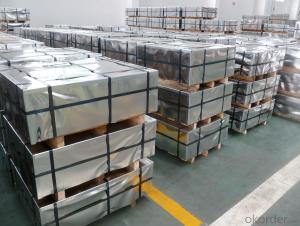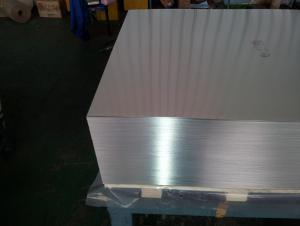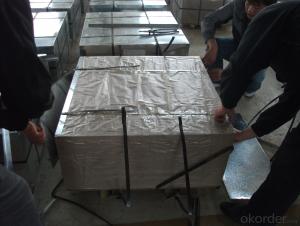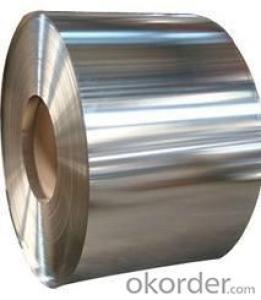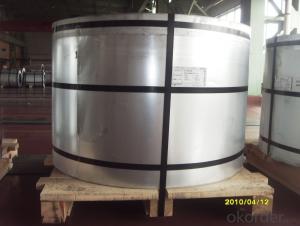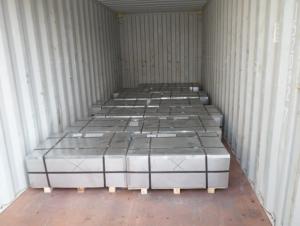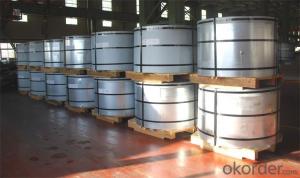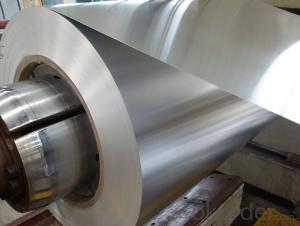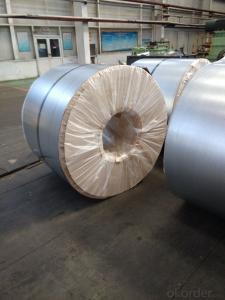Hornby Tinplate Trains
Hornby Tinplate Trains Related Searches
4 By 8 Plastic Sheets Thin Plastic Sheets Flexible Tinplate Coil Quotes Tinplate Iron Clear Plastic Sheets Hard Plastic Sheets 4X8 Lightweight Plastic Sheets Wavy Plastic Sheets White Plywood Sheets Poly Styrene Foam SheetsHot Searches
Tinplate China Tinplate Stock Price Tata Tinplate Price List Tinplate Price Trend Tinplate Nse Share Price Tinplate Price Chart Tinplate Share Price Nse Tata Tinplate Share Price Tinplate Share Price Today Tinplate Share Price Bse Tinplate Price Tinplate Share Price Tinplate Coil Manufacturers Tinplate Sheet Suppliers Food Mixer Sale Tinplate Factory Tinplate Production Tinplate Products Ltd Tinplate Products Tinplate Can ManufacturersHornby Tinplate Trains Supplier & Manufacturer from China
Okorder.com is a professional Hornby Tinplate Trains supplier & manufacturer, offers integrated one-stop services including real-time quoting and online cargo tracking. We are funded by CNBM Group, a Fortune 500 enterprise and the largest Hornby Tinplate Trains firm in China.Hot Products
FAQ
- Tinplate is typically resistant to corrosion and can withstand exposure to various chemicals without significant damage or reactions. However, certain aggressive or highly acidic chemicals may cause corrosion or tarnishing on the tin coating, leading to a potential degradation of its protective properties. Therefore, the extent to which tinplate is affected by exposure to chemicals largely depends on the specific nature and concentration of the substances it comes into contact with.
- Tinplate packaging helps reduce food waste by providing a durable and airtight barrier that protects food from spoilage, contamination, and exposure to air, moisture, and light. It helps extend the shelf life of products, preserving their freshness and nutritional value for longer periods. Additionally, tinplate packaging is highly recyclable, making it a sustainable choice that reduces the environmental impact of food packaging waste.
- The main growth opportunities for the tinplate industry include the increasing demand for sustainable and eco-friendly packaging solutions, the rapid growth of the food and beverage industry, and the rising popularity of canned products in emerging markets. Additionally, technological advancements in tinplate production and the development of innovative coatings and printing techniques offer opportunities for differentiation and market expansion.
- Tinplate is coated with water-based paints through a process called coil coating. In this process, the tinplate is cleaned, pre-treated, and then coated with a water-based paint using a roller or spray method. The paint is then dried and cured at high temperatures to ensure adhesion and durability. The water-based paints are preferred due to their environmental friendliness and ease of application.
- Tinplate is a thin steel sheet coated with a layer of tin, whereas tin-free steel is a steel sheet that does not have a tin coating. The main difference lies in their corrosion resistance properties, where tinplate offers better protection against rust due to the tin layer, while tin-free steel relies on other coatings or treatments to prevent corrosion.
- The common closure mechanisms for tinplate containers include screw caps, snap-on lids, and lever-lid closures.
- Tinplate contributes to the attractiveness of cosmetic packaging by providing a sleek and shiny appearance that enhances the overall visual appeal. Its smooth surface allows for high-quality printing and intricate designs, making it ideal for showcasing brand logos, product information, and appealing graphics. The durability of tinplate also ensures that the packaging maintains its attractive appearance throughout its lifespan, adding value and desirability to cosmetic products.
















